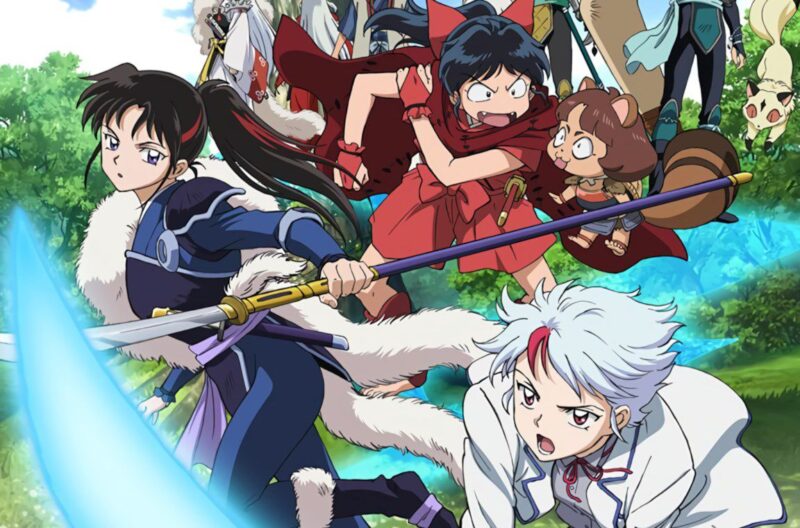
Yashahime’s main theme so far, other than sisterhood which I will get to, is what can be best called fallout. The daughters of Inuyasha and Kagume (Moroha) and of Sesshomaru and Rin (Towa and Setsuna) along with the children of Miroku and Sango have to clean up the messes left by their parents. In fact, they have little idea of who their parents are. As you can guess, circumstances had forced the parents to separate from their children, leaving them with caretakers or with relics that can help protect them or unleash their latent half-demon powers.
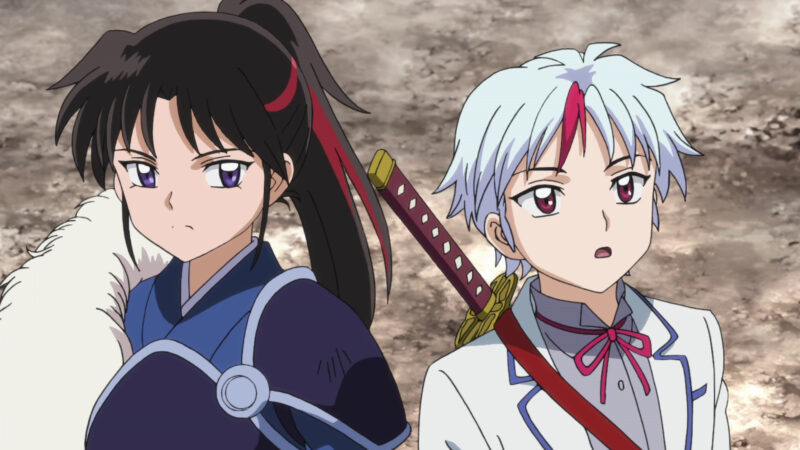
Despite the name of the anime, the story focuses on Sesshomaru’s daughters more than on Moroha. Towa had been cast into the future through the Tree of Ages while her sister Setsuna had been left to survive on her own. The contrast in perspectives leaves a rift between them. A rift Towa is determined to bridge. It plays into the difference Kagome and Inuyasha had in the original series but from a different angle. Setsuna was born in war. Hunted by other demons, she grew up on a half-demon orphanage protected by a character we had met in the original series. Towa, on the other hand, grew up in the peace of the modern world. She has a more forgiving nature. While the characters follow the general templates of Inuyasha (Setsuna) and Kagome (Towa), the sisterly dynamics adds a different spin. Yashahime isn’t about romance; it’s about sisterhood.
Yet, Yashahime isn’t a girl power anime. All the characters are powerful in their own rights, but power isn’t the focus. They aren’t driven by the desire to become stronger. In fact, it is rarely mentioned compared to the original series. Inuyasha was a shonen character through and through. Of course, Towa has to discover her powers as she goes along. She wasn’t raised as a fighter.
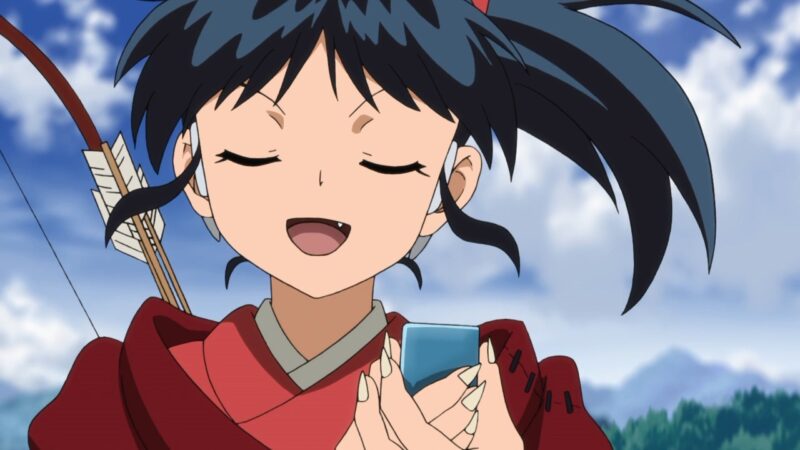
Moroha adds a element of chaos to the group. She takes after her father, Inuyasha, with her brash behavior. Driven by her desire to free herself from debt bondage, she will hunt any demon with a bounty on its head. I’m watching the second season of the anime as I write this. So far, Moroha acts as a supporting character for Towa and Setsuna. Her carefree nature contrasts her more serious cousins. I don’t have a feel for Moroha’s inner world. She seems little troubled by not knowing her parents, unlike Setsuna and Towa who do want to know who their parents were. Moroha is more driven by her desire to be free, although she has a loneliness to her. She is happy to travel with her cousins.
Yashahime follows Inuyasha‘s tried-and-true monster-of-the-week structure. The background story threads keep the episodes tied together. Each monster-of-the-week encounter inches the story along these threads. Every once in awhile, a character from the original series offers direction or help. Most of the time, help comes from Miroku and his family members. As villains go, Kirinmaru isn’t as evil as Naraku was. His motivations aren’t clear yet, but it seems he wants to break a prophecy that predicts his death. He doesn’t appear to carry a grudge against everyone has Naraku did. In fact, he once saved Japan with the help of Inuyasha and Sesshomaru’s father.
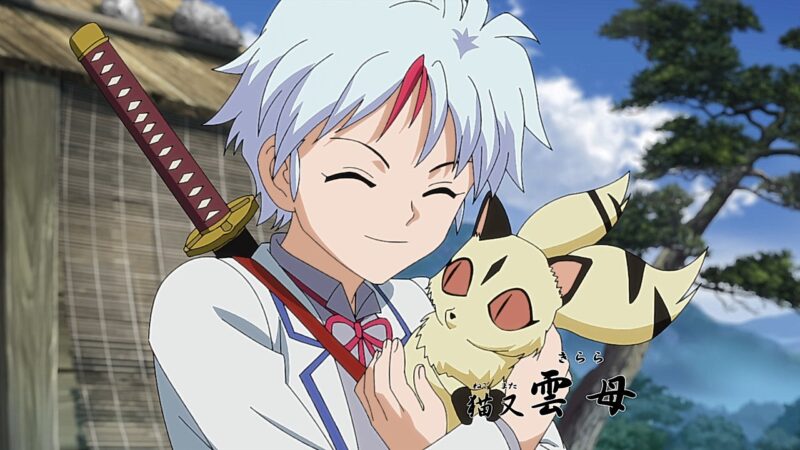
Sometimes stories can fall flat when they explore the children of the main characters. Yashahime manages to retain the charm of Inuyasha while expanding on some of the same themes. Yashahime doesn’t focus on romantic love. Instead, it focuses on family and friendship, which were sub-themes throughout Inuyasha. The old-school episodic nature of the series is refreshing against tightly threaded stories that we’ve seen from anime recently. The production values are solid; it feels like Inuyasha, so if you enjoyed the series, you should enjoy this one too. The idea of children cleaning up the messes of their parents is a timely idea. Previous generations have left our world in a bit of a mess, environmentally and economically. Millennials and younger generations will inherit these problems just as the girls of Yashahime inherited the unresolved problems of their parents. The girls receive help from their parents, however. Miroku, in particular, plays a behind-the-scenes helping role. Yashahime provides an interesting allegory when you look at this from this perspective.
Is Yashahime worth a watch? If you are a fan of Inuyasha: yes! It feels like an updated version of the original series. It offers new and different folktales and folk-creatures to enjoy.
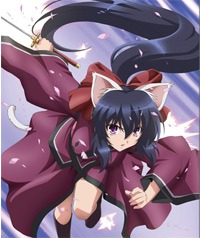
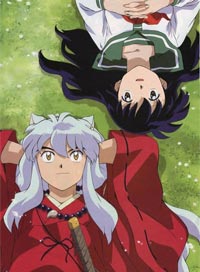
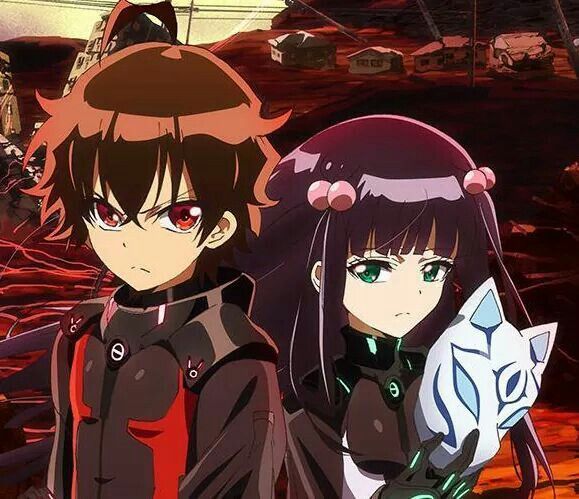
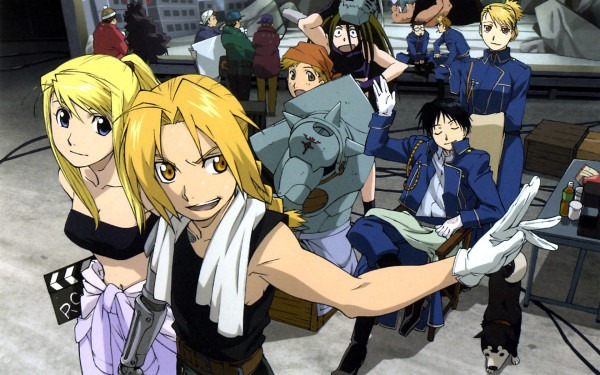
You know I I’ve been sleeping on this one. Inuyasha was one of the first anime I watched back in college, but I haven’t really looked into the sequel. Maybe I will give it a try.
I’m surprised at how long-lasting interest in Inuyasha is. At library, I see new generations of teens getting into it.